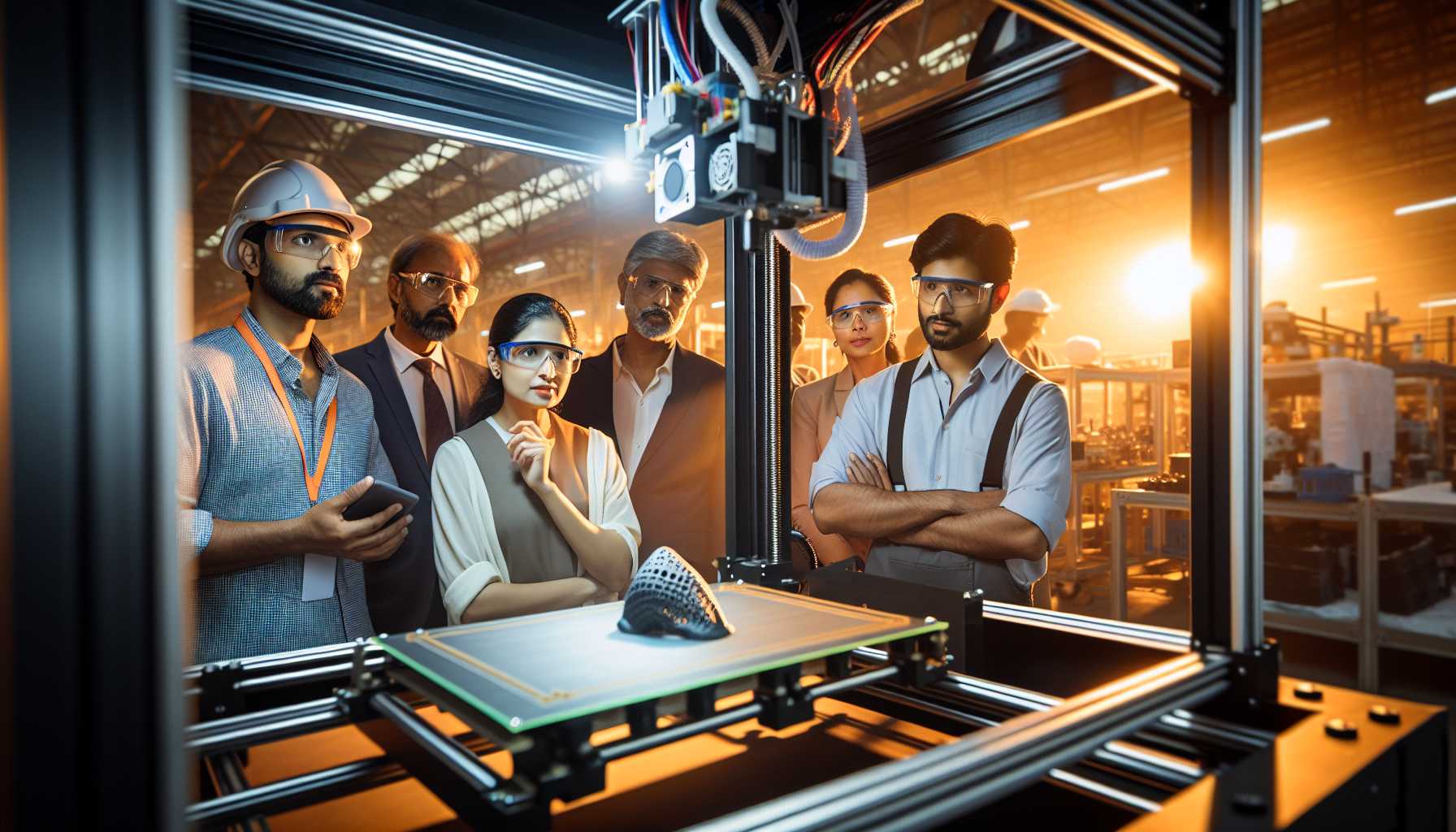The Most Common Use of 3D Printing Technology in Indian Industries
3D printing, also known as additive manufacturing, has revolutionized various industries worldwide, including India. This technology allows for the creation of three-dimensional objects from a digital design, layer by layer, using materials like plastics, metals, and composites. In India, 3D printing has found widespread adoption across various sectors, with the most common applications being:
1. Prototyping:
3D printing offers a rapid and cost-effective way for Indian companies to create prototypes of new products. This allows them to test different designs, gather feedback, and make necessary adjustments before investing in mass production. The ability to quickly iterate and experiment with prototypes has significantly accelerated product development cycles in various industries.
2. Manufacturing Aids and Jigs & Fixtures:
3D printing is extensively used to create custom jigs and fixtures that hold and guide parts during the manufacturing process. These tools can be designed and printed on-demand, reducing lead times and production costs. Additionally, 3D-printed jigs and fixtures are often lighter and more ergonomic than traditional metal counterparts, improving worker comfort and productivity.
3. Customized Products and Low-Volume Production:
3D printing enables the creation of customized products tailored to individual needs. This is particularly beneficial in industries like healthcare, where patient-specific implants and prosthetics can be printed. Additionally, 3D printing allows for low-volume production runs, making it ideal for niche products or specialized components.
4. Education and Training:
3D printing is increasingly being used in educational institutions and training centers across India. Students can use 3D printers to create models and prototypes, enhancing their understanding of design principles and manufacturing processes. Additionally, 3D-printed models can be used for training purposes, providing a realistic and interactive learning experience.
5. Medical Applications:
3D printing has revolutionized the medical field in India, enabling the creation of patient-specific implants, prosthetics, and surgical models. These applications require high precision and biocompatible materials, which 3D printing technology can deliver. Additionally, 3D-printed models are invaluable for surgeons to plan complex procedures and improve patient outcomes.
Conclusion
3D printing technology has become an integral part of various Indian industries, offering numerous benefits such as rapid prototyping, customized products, and improved manufacturing efficiency. As the technology continues to evolve, its applications are expected to expand further, driving innovation and growth across different sectors.
“`
**SEO Optimization:**
* **Title:** The Most Common Use of 3D Printing Technology in Indian Industries
* **Meta Description:** 3D printing has revolutionized various industries in India, with applications in prototyping, manufacturing aids, customized products, education, and medical fields.
* **Headings:** H1, H2, and H3 headings are used to structure the content and improve readability.
* **Image Alt Text:** A 3D printer creating a prototype of a new product in an Indian factory
* **Internal Linking:** Consider linking to relevant pages on your website that discuss 3D printing or related topics.
**Additional Notes:**
* The JSON prompt for DALL-E is included in the HTML code. You can use this prompt to generate an image of a 3D printer creating a prototype in an Indian factory.
* Consider adding a call to action at the end of the post, encouraging readers to learn more about 3D printing or contact you for more information.

